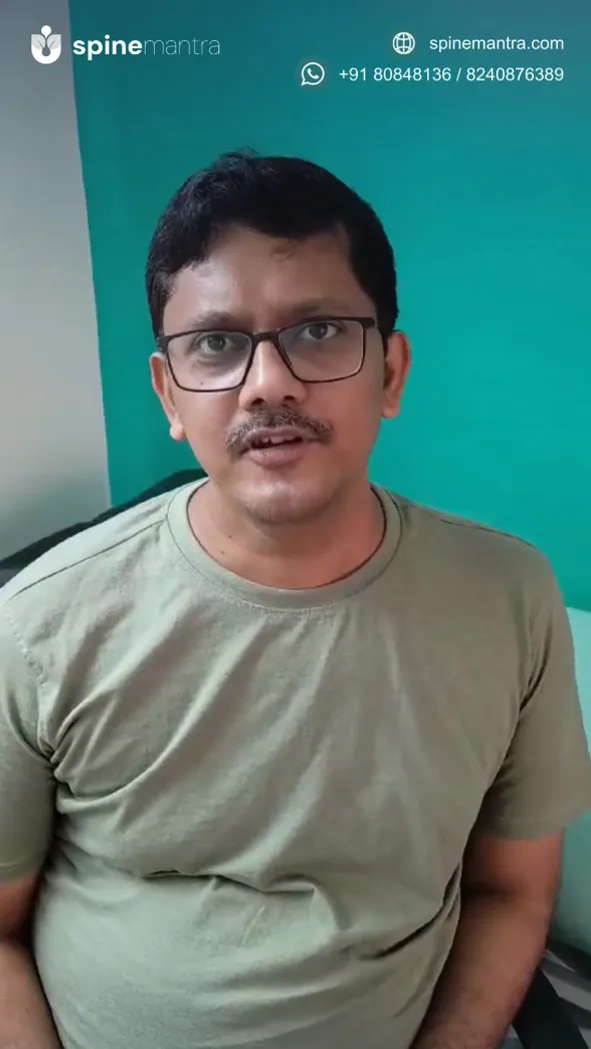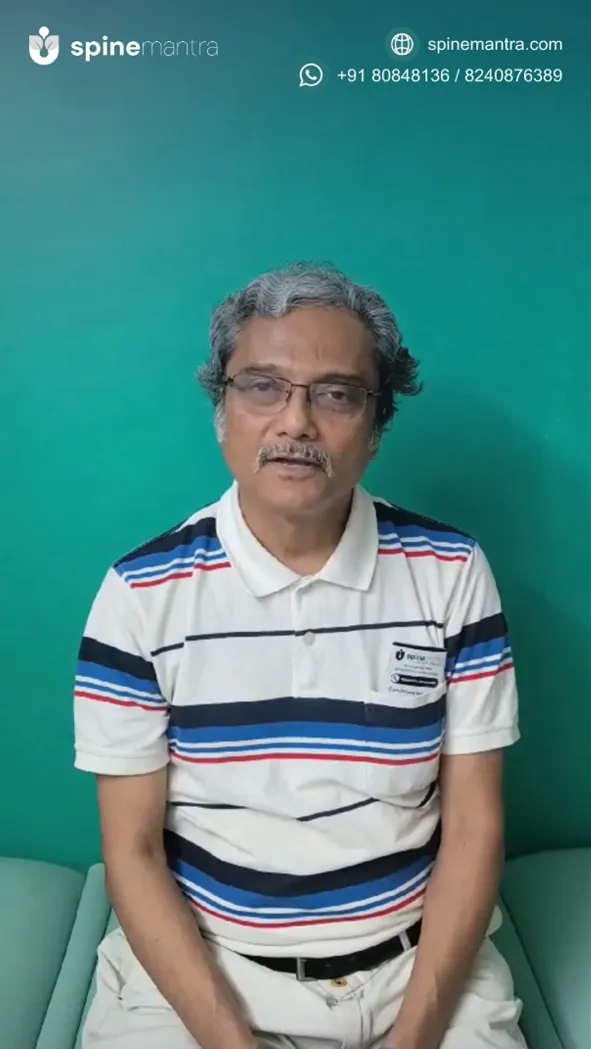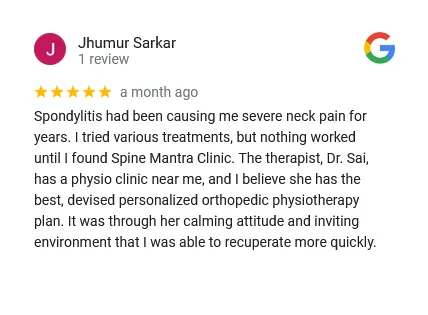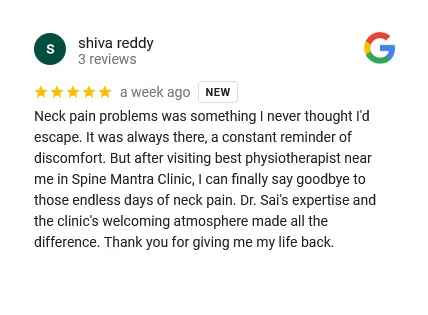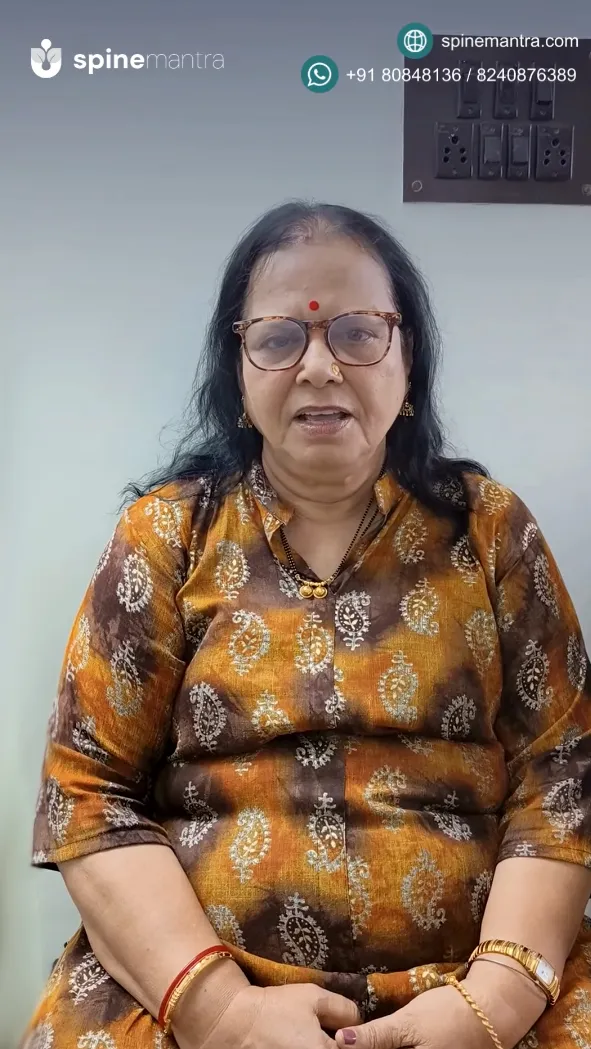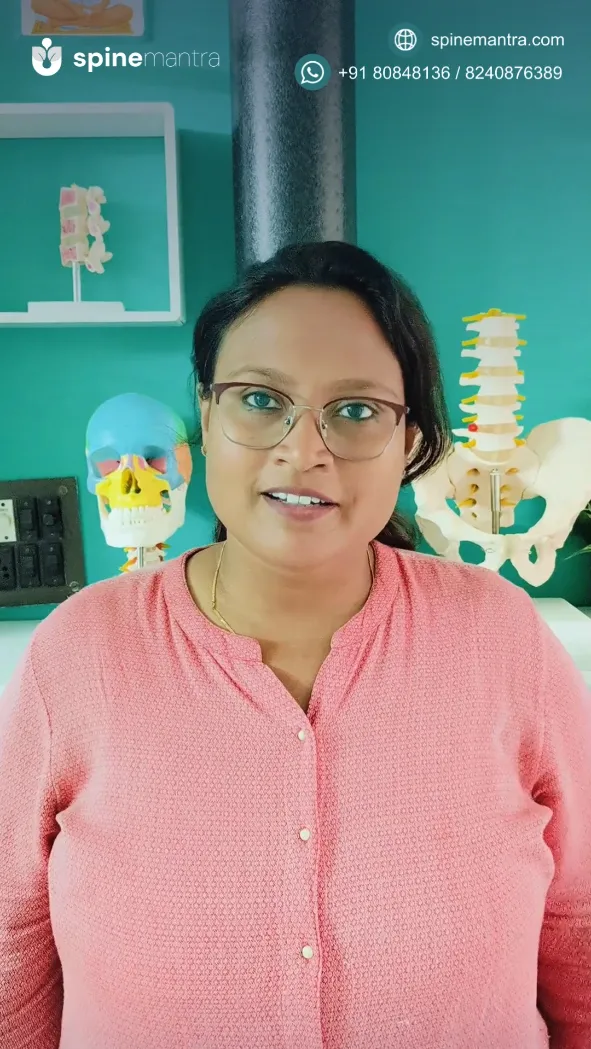Causes of Lumbar Canal Stenosis | Understanding the Factors Behind Spinal Narrowing | Spine mantra
Lumbar canal stenosis, a common spinal ailment, can have various underlying causes that affect the spinal canal's narrowing. In this video, we delve into the factors contributing to this condition, providing valuable insights for better understanding and management.
Degenerative Changes:
One of the primary causes is degenerative changes in the spine. Over time, spinal discs lose hydration and elasticity, leading to disc degeneration and subsequent narrowing of the spinal canal.
Bone Spurs (Osteophytes):
Bone spurs can encroach upon the spinal canal, compressing the spinal cord or nerve roots. These outgrowths are often a result of degenerative changes in the spine.
Herniated Discs:
A herniated disc, characterized by the protrusion of the disc's inner core through the outer layer, can contribute to lumbar canal stenosis by compressing the spinal cord or nerve roots.
Spinal Injuries or Trauma:
Injuries or trauma to the spine, such as fractures or dislocations, can damage spinal structures and lead to lumbar canal stenosis, especially if there is instability or displacement of spinal components.
Congenital Abnormalities:
In rare cases, lumbar canal stenosis may be present from birth due to congenital abnormalities in the spine's structure, predisposing individuals to stenosis later in life.
Tumors or Abnormal Growths:
Tumors or abnormal growths within the spinal canal can compress the spinal cord or nerve roots, contributing to lumbar canal stenosis. Prompt evaluation and treatment are crucial in such cases.
Understanding these diverse causes of lumbar canal stenosis is essential for effective diagnosis and treatment. For personalized care and guidance, trust the expertise of our team at Spine Mantra. Subscribe to our channel for more informative content on spine health and wellness.
Please schedule a consultation with us today to start your journey towards a pain-free life.
Related Videos
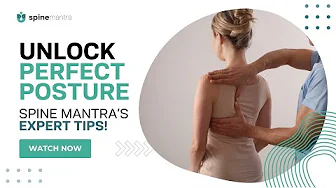
Fix Your Hunched Shoulders and Neck Pain Fast! 🧑⚕️ Top Tips from Spine Experts

7 Simple Changes to Relieve Neck & Upper Back Pain | Spine Mantra Tips

Neck Pain Relief Tips for the Kitchen: Consult Spine Mantra Clinic for Lasting Solutions

Your Solution to Desk Job Spine problems | Spine Mantra

Say Goodbye to Tailbone Pain! Effective Home Remedies for Coccydynia Relief
From Pain to Power Stories of Healing
Explore the Real Experiences of Spinemantra Patients on
Their Spine Health Journey

